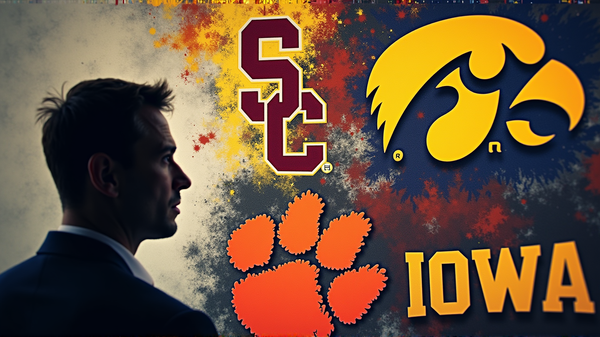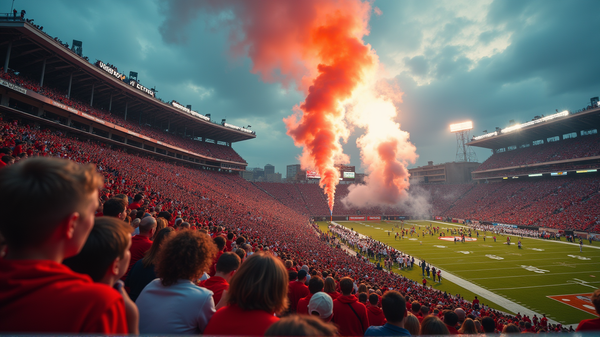Unveiling College Football's NIL Valuation: A Game-Changer for Recruits
In the vibrant world of college football, the allure of recruiting top talent often goes hand-in-hand with eye-popping NIL deals. Recently, a Miami recruit turned heads with a staggering $2 million NIL agreement, igniting a spirited debate on the worthiness of such financial commitments.
The High Stakes of NIL Deals
The landscape of college football has been forever transformed, thanks to Name, Image, and Likeness (NIL) deals. A prime example is offensive tackle Jackson Cantwell, who chose to join the Miami Hurricanes over notable competitors like the Georgia Bulldogs. His lucrative deal has raised questions: Is paying millions for high school talent sustainable?
According to Sports Illustrated, Cantwell’s deal epitomizes the broader debate about optimal NIL spending. Bulldogs’ head coach Kirby Smart vocalized concerns over burgeoning NIL deals for young players, particularly when untested talent receives more than seasoned college athletes.
Rev-Sharing: A Recalibration for College Football Leaders
With the expected cap on rev-sharing spending set between $14-16 million for Power Four schools, the approach to NIL deals is poised for change. Teams are examining whether placing heavy financial bets on singular positions—like Cantwell’s offensive tackle role—is the best course of action.
Industry insiders emphasize thoughtful roster building in this era of limited resources. While prioritizing positions like offensive tackle, quarterback, and edge rusher holds merit, the consensus leans towards creating a robust depth across the team.
Balancing Star Power and Depth
Several directors of scouting advocate for a spread-out financial strategy. Instead of investing millions in a single high school star, distributing funds across multiple recruits might mitigate risks associated with unproven talent.
There’s a nod towards the depth strategy, highlighting the necessity of having a collective array of players ready to step up—should a promising recruit not fulfill their potential.
The Future of College Football Recruitment
The shifting paradigm in NIL and rev-sharing underscores a critical juncture for college football. As programs navigate these dynamics, the onus is on finding equilibrium between investing in star power and maintaining a competitive, well-rounded roster.
Ultimately, Cantwell’s future development will serve as a litmus test for this unfolding philosophy, potentially redefining recruitment ideologies as teams strive for perennial success.
Maintaining a competitive edge in sports takes more than sheer talent; it requires forward-thinking strategies and cohesive team dynamics.




